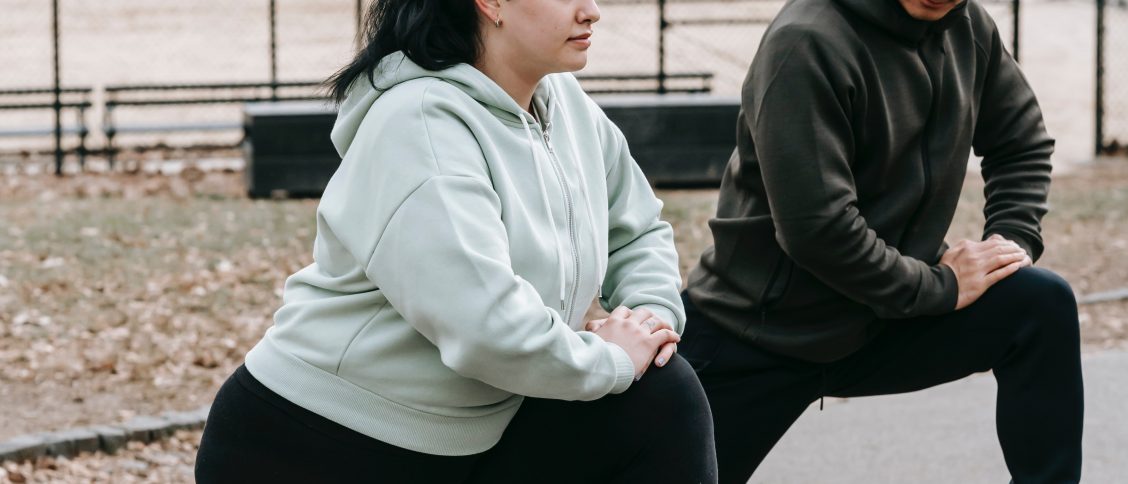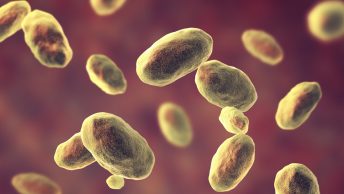Maintaining a healthy weight is important for your body. In addition to lowering the risk of heart disease, stroke, diabetes, and high blood pressure, it can also lower the risk of several different cancers. A steady weight loss of 1 to 2 pounds per week is recommended for the most effective long-term weight management plan. Many eating plans leave you feeling hungry or unsatisfied. Sticking with an exercise routine can become difficult when there are lots of distractions around you, but if it helps keep you.
These are the major reasons why you might find it hard to stick to a healthier eating plan. However, not all diets have this effect. Low carb diets and whole-food, lower-calorie diets are more effective for weight loss and may be easier to stick to as compared to other diets. Here are some ways to start shredding weight from today that involves healthy eating and living habits.
How to burn fat
The first step to losing weight is changing your diet. If you want to start burning fat at home, it’s important to eat healthy, low-calorie foods as well as exercise regularly. Some people swear by jogging in place or using the elliptical machine while watching TV instead of going out and doing a muscles blaze workout. Other people find that they prefer less intense cardio workouts like swimming, bicycling, or taking the stairs instead of running on a treadmill or lifting weights.
You can also consider resistance training with light weights and bodyweight exercises like push-ups and pull-ups. This can help build muscle mass and burn more calories over time than traditional cardio activities like running or cycling.
Additionally, incorporating high-intensity interval training (HIIT) into your exercise routine has been shown to be one of the best ways to increase metabolism, burn fat more efficiently, and increase overall fitness levels. The key is to think about what type of exercise makes you feel good and do something new that will make you happy for weeks on end!
How to lose weight without exercise
You can lose weight without exercising by following a low-carb diet. Low carb diets are more effective for weight loss than other types of diets because they reduce the number of calories you consume while still providing you with plenty of nutrients.
Similar to low carb diets, whole-food, lower-calorie diets are an effective way to lose weight because they provide you with the nutrients you need and keep your calorie intake lower than that of a typical meal plan.
These diets recommend eating foods that come from their natural state or unprocessed sources like fruits and vegetables. They also encourage eating fewer processed foods.
A low-carb diet is a healthier option for those who want to lose weight but don’t want to exercise or go on a restrictive eating plan. However, if you’re looking for another option, try out a whole-food, lower-calorie diet for a healthy alternative.
How to lose weight in 7 days
To lose weight in 7 days, you need to start eating lower carb and whole-food diets.
Carbohydrates are the primary source of fuel for your body, so if you’re following a low-carb diet, you’ll be lowering your carbohydrate intake. This includes processed carbs like white bread and pasta.
By limiting carbs, you’ll be able to consume more protein, which will help your body build muscle. A whole-food diet is when a majority of the foods that you eat are unprocessed or minimally processed foodstuffs like fruits, vegetables, nuts, grains products, meats, etc.
These diets offer healthier options as they don’t include as many refined sugars or processed ingredients. You can also focus on different types of exercise to help with weight loss. These exercises might include Musclesblaze workouts or resistance training (weightlifting).
There are also some simple lifestyle changes that can decrease your weight by burning more calories each day; these changes include not sitting at a desk all day long and getting up and moving more often.
What are the best foods for weight loss?
It’s important that you focus on eating foods that are nutrient-dense and high in fiber, as they keep your hunger at bay. Increasing your fiber intake is also a good way to manage weight. Examples of high-fiber foods include:
* Pulses like lentils, split peas, and beans
* Whole grains like brown rice, quinoa, millet
* Vegetables like broccoli and artichokes
* Fruit like raspberries and pomegranates
* Unrefined sugars such as honey, maple syrup, and molasses
As for fats in the diet, it’s best to limit them. A small amount of healthy fats is necessary to keep your body functioning optimally and can be found in avocados,
nuts, seeds, coconut oil, olives/olive oil, fish oils (EPA/DHA), fatty fish (salmon/sardines), and grass-fed meat.
If you’re someone who loves their greasy pizza or fries but want to lose weight nonetheless then swapping out grains for gluten-free pasta or brown rice would be a good option.
What is a good diet plan?
Choosing the right diet plan is important for weight loss. Here are some things to consider when choosing the best diet plan for you:
1) Consider your lifestyle. What do you enjoy doing? What would make your life easier?
2) Consider your goals. What kind of weight loss do you want to see? How quickly do you want to lose weight?
3) Consider the method’s long-term effects. Will this diet help with other aspects of your health, such as cholesterol and blood pressure levels?
4) Consider what foods you’ll be eating and how often. Will you be eating lots of meat, vegetables, fruit, healthy fats, and whole grains or a more restrictive diet like veganism or paleo eating?
5) Think about what nutritionist support is available. Can you find someone who will help guide you through this process?
6) Is there any type of exercise included in the plan? Will it help with weight loss and/or other physical benefits?
Conclusion
Losing weight is no easy feat. For many people, diet and exercise are not enough to achieve their weight loss goals. However, with the right motivation and the right diet plan,
you can lose weight without even stepping foot in a gym.







